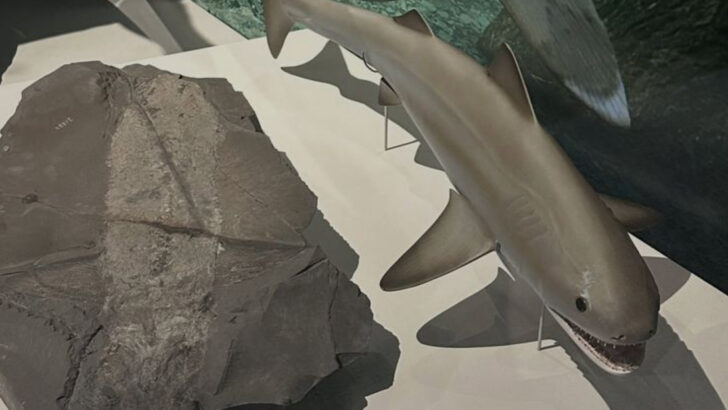Most people think of sharks as fierce hunters still roaming today’s oceans, but some of the most fascinating ones disappeared long ago. These extinct sharks weren’t just big—they were strange, smart, and sometimes downright bizarre. From spiral jaws to armor-like skin, their stories give us a glimpse into how wild the ocean used to be. Even scientists who study the sea for a living are still uncovering secrets about these forgotten giants.
Megalodon Wasn’t Just Huge—It Was Built for Warm Waters
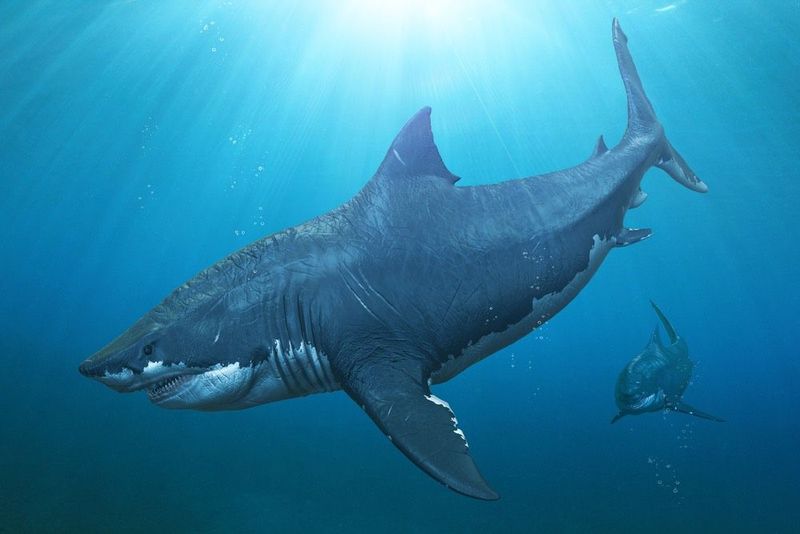
The massive Otodus megalodon could reach lengths of up to 60 feet, but its fossils are rarely found in colder regions—suggesting it preferred tropical and subtropical seas.
This preference indicates that Megalodon was likely adapted to warmer climates, where it thrived by hunting in rich, biodiverse waters. Such an environment would have provided ample prey, supporting its massive size.
The absence of Megalodon fossils in colder climates further supports the theory that this gigantic shark was a warm-water specialist.
Some Prehistoric Sharks Had Saw-Like Teeth in Spirals

Helicoprion had a bizarre spiral of teeth, known as a “tooth whorl,” that may have functioned like a circular saw—likely located in the lower jaw.
The unique tooth structure suggests it was adapted for slicing through soft-bodied prey, possibly squid or similar creatures. This adaptation would have set Helicoprion apart from other predatory fish of its time.
The complexity of the tooth whorl remains a subject of fascination for paleontologists, as it represents one of the more unusual evolutionary paths in shark development.
Sharks Once Had Armor-Like Scales
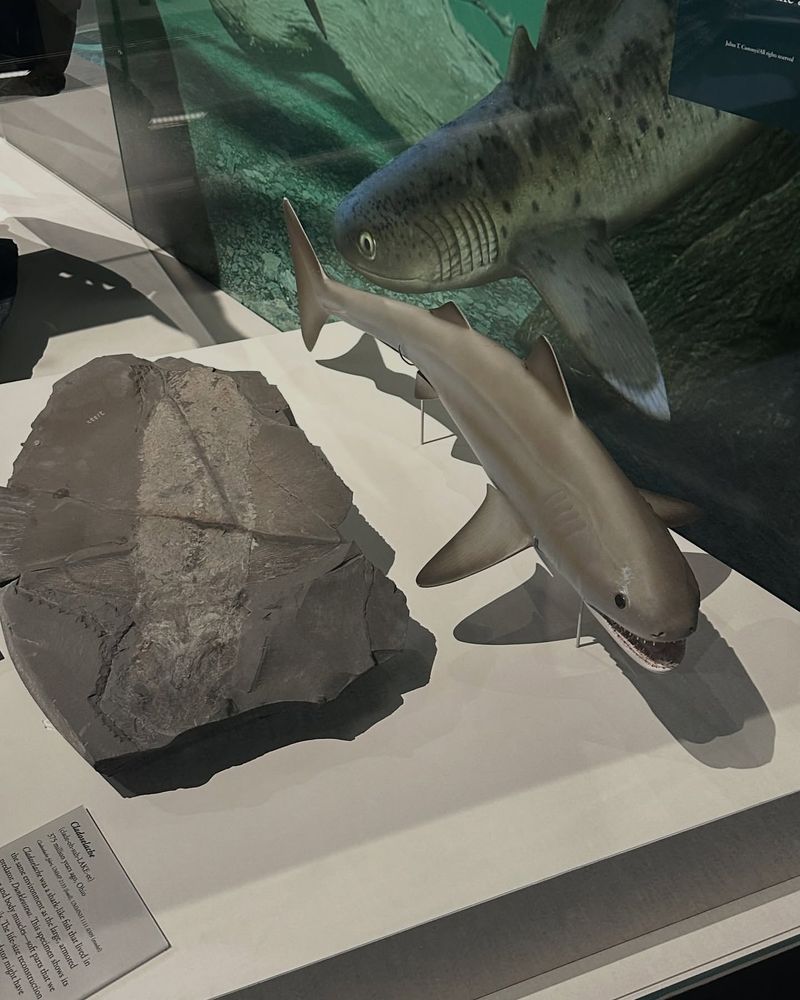
Early sharks like Cladoselache had thick dermal denticles that acted like natural armor, helping reduce drag and protect them from predators.
These scales were not only a defensive measure but also enhanced swimming efficiency, allowing these early sharks to be agile hunters in their prehistoric seas.
The resemblance of these scales to armor adds an element of intrigue to our understanding of how early sharks adapted to their environments and competed for survival.
The Earliest Sharks Date Back Over 400 Million Years
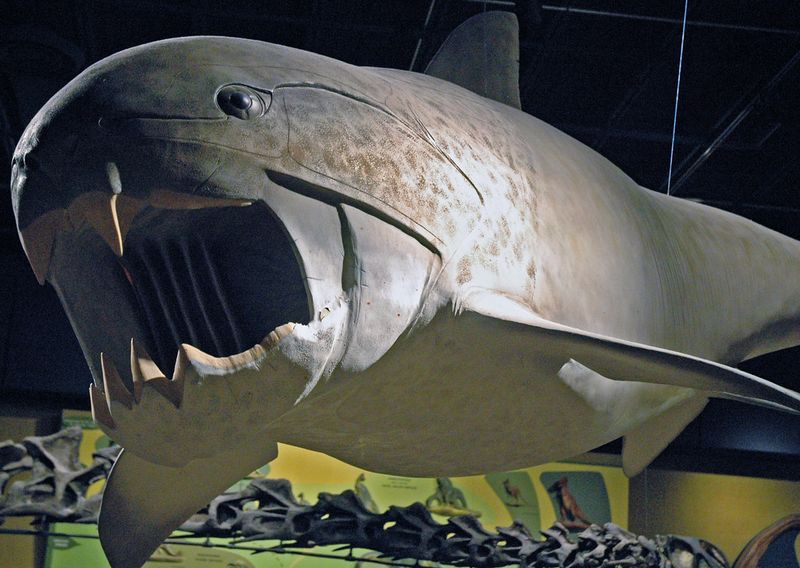
Sharks appeared during the Silurian Period, making them older than dinosaurs, trees, and even some land animals.
Their ancient lineage speaks to their adaptability and resilience, having survived multiple mass extinctions while continuing to evolve over millions of years.
This incredible longevity highlights the shark’s role as a successful predator throughout Earth’s history, offering insight into their evolutionary advantages.
Some Ancient Sharks Lived in Freshwater Rivers
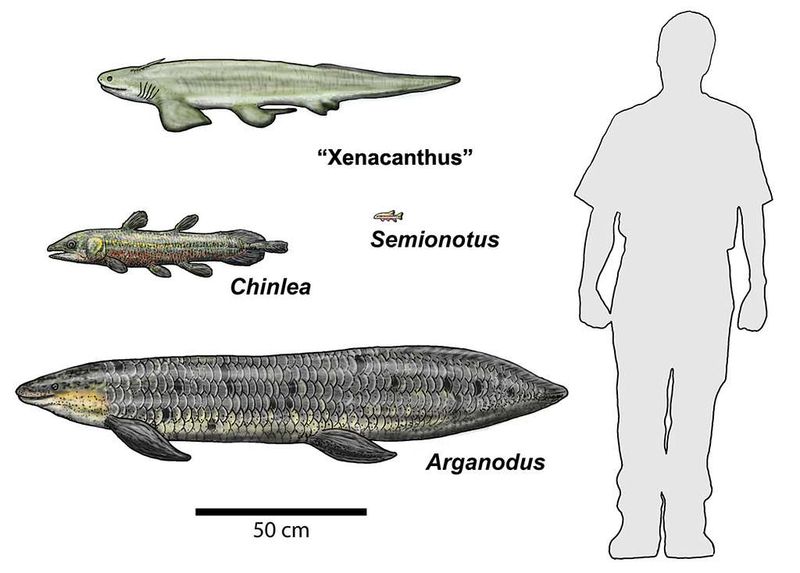
Species like Xenacanthus thrived in rivers and swamps rather than oceans—showing that not all ancient sharks were marine dwellers.
This ability to adapt to freshwater environments reflects the versatility and ecological diversity of ancient sharks, allowing them to exploit various habitats.
Such adaptations challenge the common perception of sharks as exclusively oceanic creatures, revealing a complex history of evolutionary experimentation.
One Extinct Shark Had a Buzz-Saw Tail
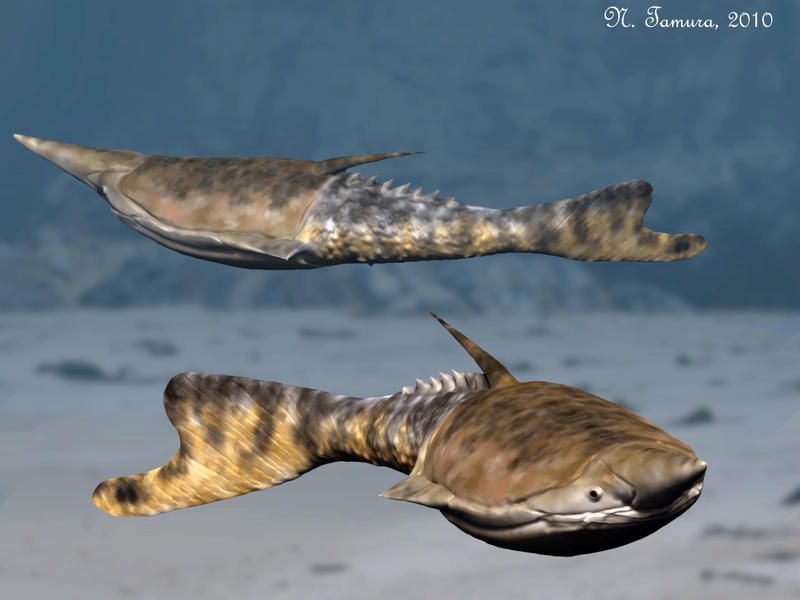
Stethacanthus had a strange anvil-shaped dorsal fin and possibly a tail structure used in mating rituals or intimidation displays.
These physical features suggest social behaviors that are rare among fish, indicating a complex social structure or communication methods.
The unique anatomy of Stethacanthus remains a topic of interest, as it provides clues to the social lives and evolutionary pressures faced by ancient sharks.
Megalodon’s Teeth Could Grow Over 7 Inches Long
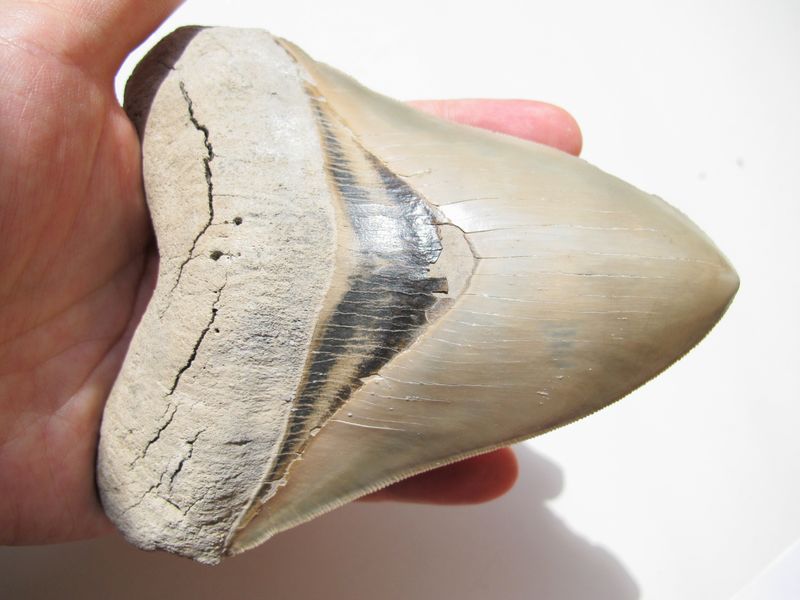
These massive teeth had thick roots and serrated edges, capable of slicing through whale bone with ease—making them prized fossils today.
The size and strength of Megalodon’s teeth reflect its role as an apex predator, able to take down large marine mammals with efficiency.
Collecting these teeth not only provides insight into Megalodon’s feeding habits but also offers a tangible connection to one of the most formidable predators in Earth’s history.
Some Sharks Had Flat Teeth for Crushing Shellfish
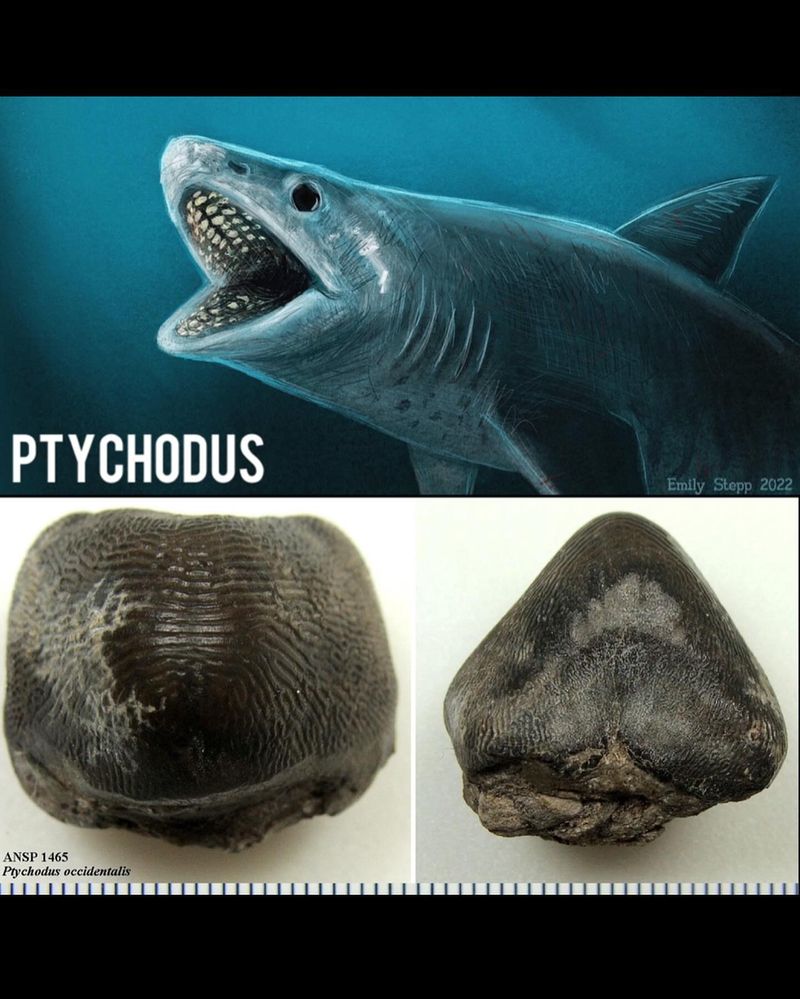
Ptychodus, an extinct shark genus, had pavement-like teeth adapted for crushing hard-shelled prey like clams and ammonites.
These specialized teeth suggest a diet focused on bottom-dwelling organisms, differing from the predatory nature of other shark species.
The adaptation of flat teeth for crushing reflects the diverse feeding strategies that allowed sharks to occupy a wide range of ecological niches.
Fossilized Shark Poop Offers Clues About Ancient Diets
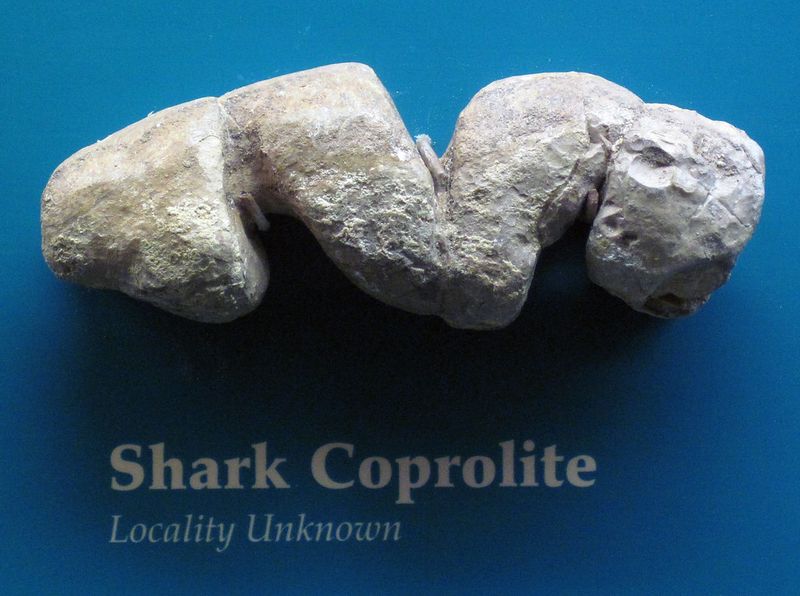
Coprolites (fossilized feces) from extinct sharks help researchers understand what these animals ate—and even how they digested it.
By analyzing the composition of these fossils, scientists can deduce dietary habits, shedding light on the ecological roles of ancient sharks.
These findings provide valuable information about past marine ecosystems, highlighting the importance of even seemingly mundane fossil records.
Sharks Once Ruled Inland Seas of North America
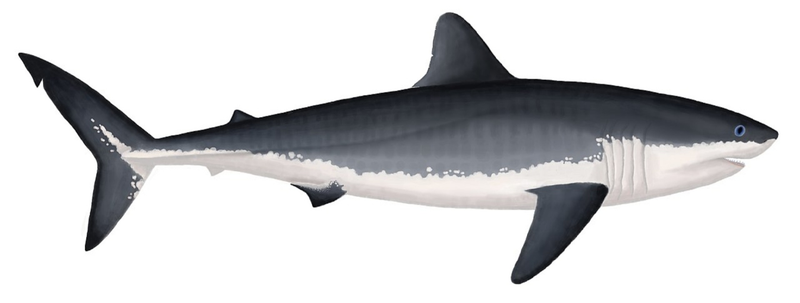
During the Cretaceous, sharks like Cretoxyrhina dominated the Western Interior Seaway, a shallow inland ocean that split North America.
This dominance reflects the adaptability and predatory prowess of these sharks, allowing them to thrive in various marine environments.
The presence of sharks in these inland seas provides insight into the geological and ecological history of the continent, offering a glimpse of past biodiversity.
Some Ancient Sharks Had Long Snouts Like Swords
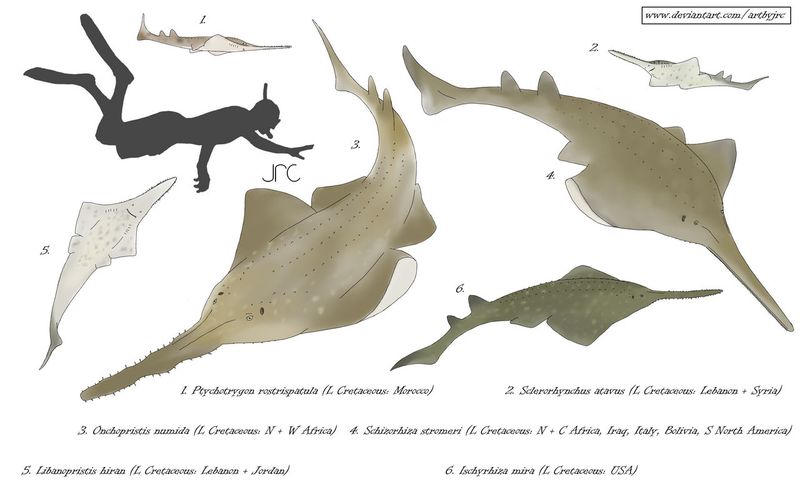
Schizorhiza, a sawfish-like shark, had a rostrum lined with sharp teeth—used to slash through schools of fish or crustaceans.
This adaptation likely provided a unique hunting advantage, allowing Schizorhiza to thrive in its niche within the ancient marine ecosystem.
The distinctive snout shape is a striking example of the diverse evolutionary paths taken by ancient sharks to secure their place in the food chain.
Shark Skeletons Are Rarely Fossilized
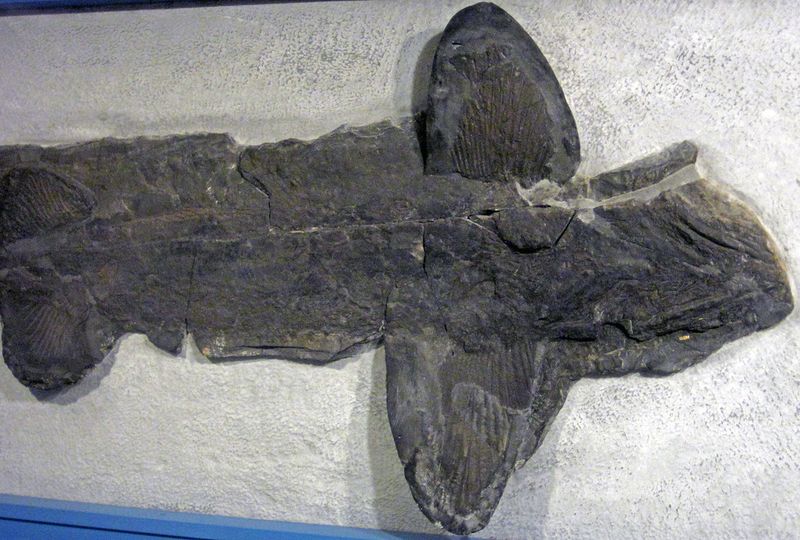
Because shark skeletons are made of cartilage, most fossils are limited to teeth, vertebrae, and skin impressions—making full skeletons rare.
This rarity emphasizes the challenge in reconstructing the full anatomy and behavior of extinct shark species from limited fossil records.
The scarcity of complete skeletons adds an element of mystery to our understanding of these ancient creatures, inviting further exploration and discovery.
Extinct Sharks Helped Shape Modern Marine Food Chains
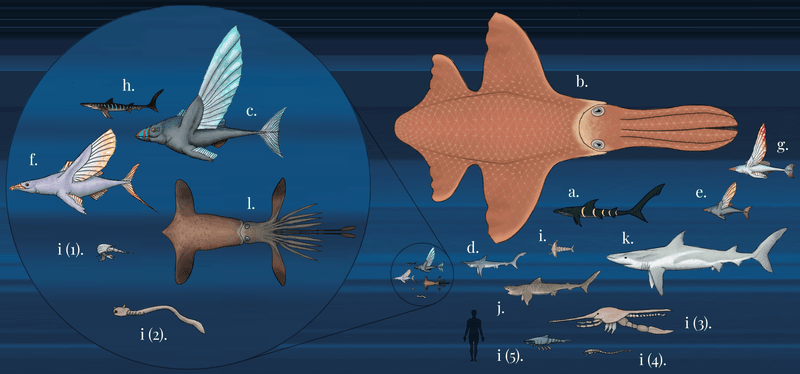
Predators like Megalodon once controlled marine mammal populations, and their extinction likely opened ecological space for species like orcas and great white sharks.
This shift highlights the interconnectedness of marine ecosystems and the cascading effects of apex predator extinction.
Understanding these dynamics offers valuable lessons in modern conservation efforts, emphasizing the importance of maintaining balanced ecosystems.

